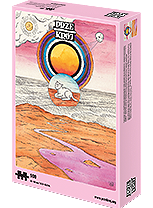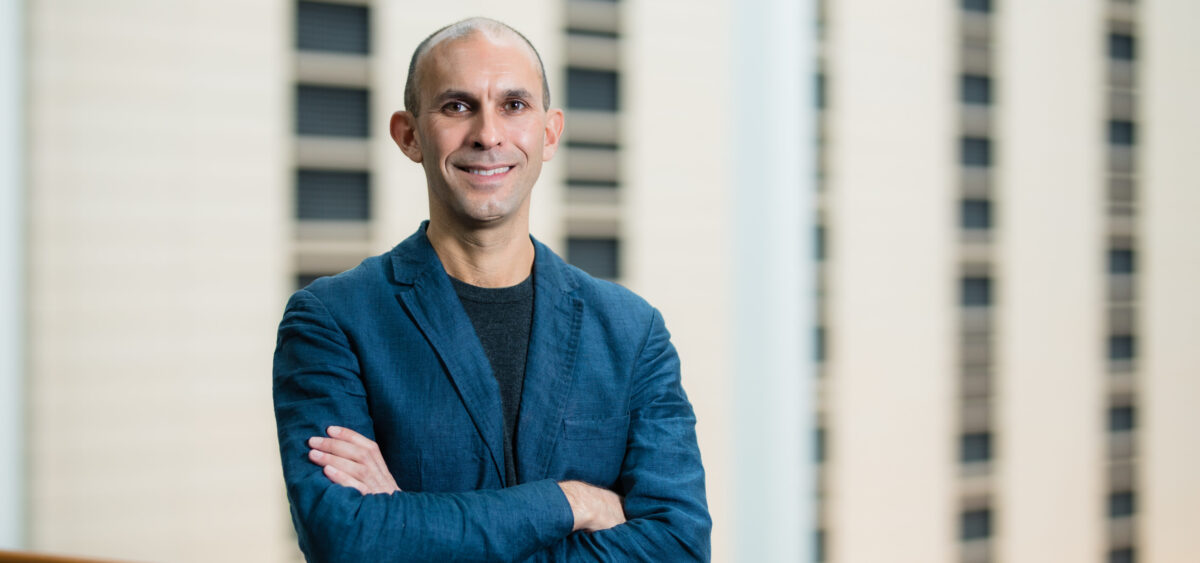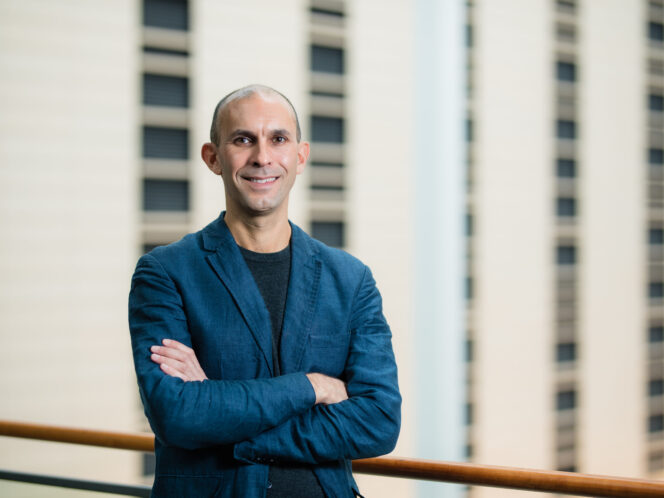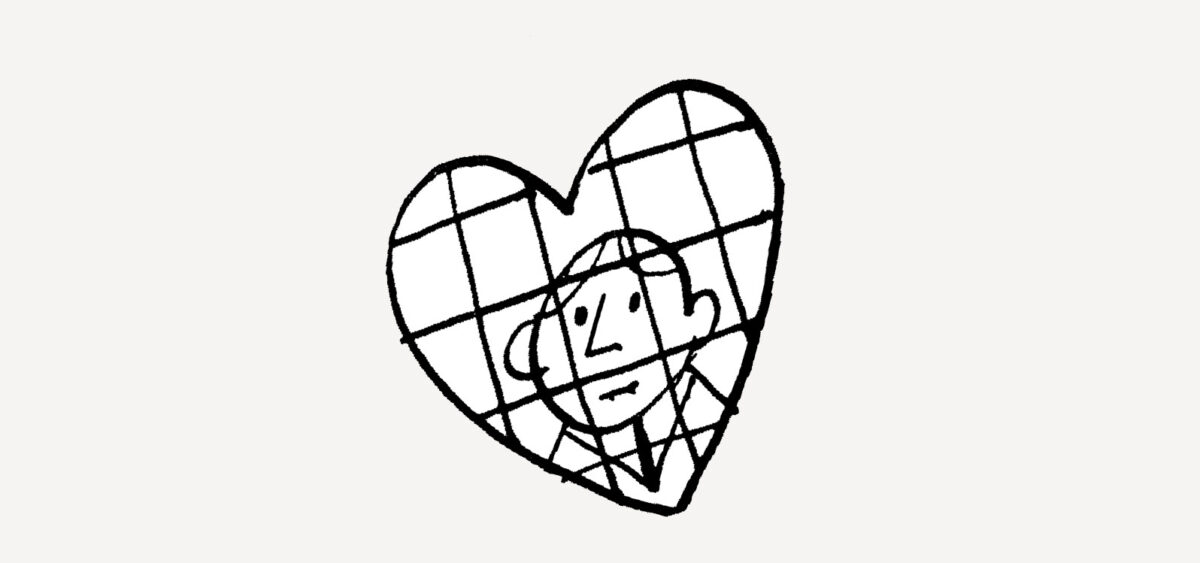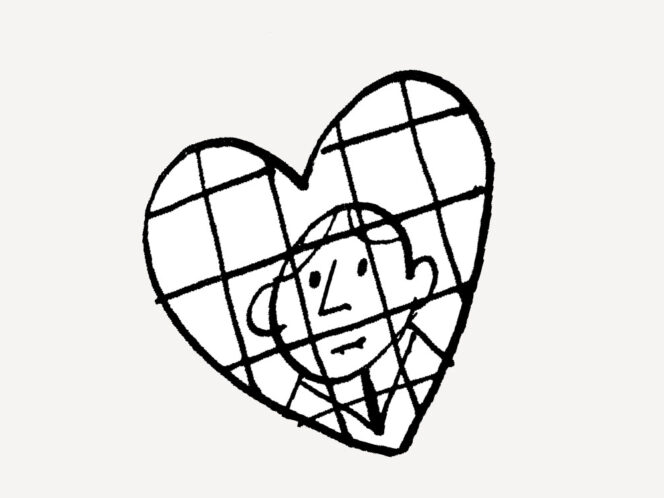
In your head, there’s this thing shaped like a cauliflower, with the texture of tofu. It generates the world you’re living in. Incredible, right? That’s why talking to Anil Seth, a professor of cognitive and computational neuroscience, is pretty amazing, as Maria Hawranek found out.
Maria Hawranek: In your book 30-Second Brain, you write that the brain is the shape of a cauliflower, has the texture of tofu, and has so many connections that it would take us about three million years to count them all. That’s beyond comprehension. Then you go on to describe how our perception is deceiving us. You mention inattentional blindness, phantom limbs, synaesthesia, and that colour basically doesn’t exist. So what does exist?
Anil Seth: The question about the relationship between what we perceive, the contents of our conscious experience and what actually exists, goes back as far as philosophy itself. I quite like Kant’s perspective on this. He said there is something out there, but we just don’t know what it is and we’ll never have direct access to it. But there’s obviously some relationship between what we perceive and reality. Otherwise, evolution wouldn’t have issued us with perceptual systems. On the other hand, perception isn’t necessarily geared towards maximum accuracy. Those perceptual systems are there to help us stay alive. They are shaped by what’s best for our survival – and that’s not the same thing as accuracy.
We’re very visual creatures, so let’s start with colour.
Ready when you are.
The vast majority of us experience a visual world that’s full of colour. But is colour a property of the external world? Well, no, not really. We know this from physics and from Newton. There are only electromagnetic light waves that are emitted, absorbed or refracted by objects. Our retinas are sensitive to a very, very small part of this electromagnetic spectrum – just three different wavelengths that we call red, green and blue. From those wavelengths, we generate our universe of colour. In a sense, we experience less than what’s really out there, because we’re only sensitive to this very thin slice of reality. But it’s also more than what’s out there, because we’re making an infinite number of colours from just three wavelengths. There’s no colour objectively in the world. There’s no colour in the brain. Colour is something the brain does. This point has been made by many people, especially artists. There’s a quote by Paul Klee, if I’m not mistaken, that colour is the place where the brain and the universe meet.
So the Impressionists were on the right track. They saw strange colours that seemingly aren’t there, but actually are.
Painters and other artists are investigating the same issues as neuroscientists – they’re trying to understand how perception works. They used to investigate perspective and how we perceive things in depth. Then the Impressionists came along and became interested in colour. In time, they reached a very astute understanding of how the visual system works. We can think about Impressionist paintings as a sort of reverse engineering of sight. They were trying to paint the light rather than what we see because of it.
We’re both wearing bl


